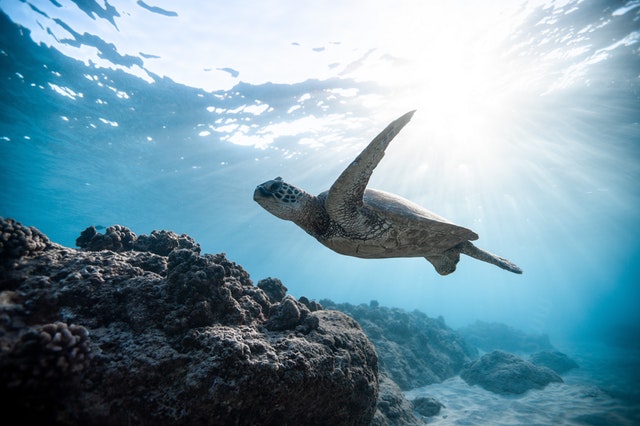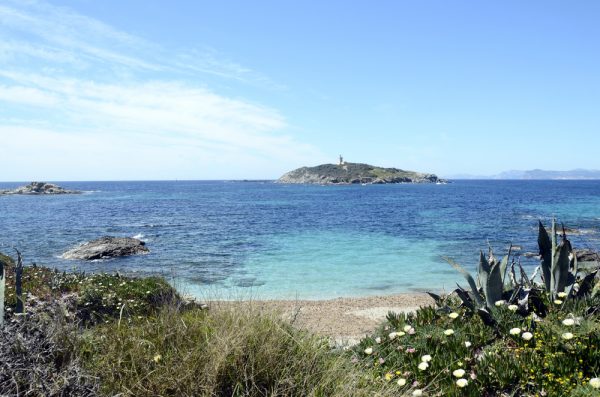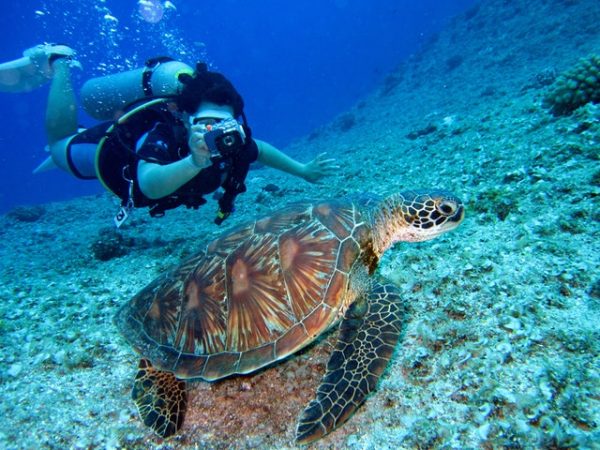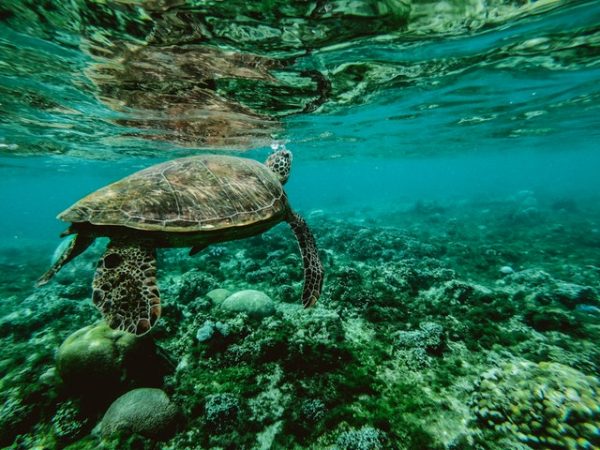Coral reefs are the most biologically diverse ecosystem, but they face near-immediate extinction due to human behaviour. According to UNESCO, all 29 coral reefs that are part of a UNESCO World Heritage Site will disappear before the end of this century if we don’t act now. Protecting these waters is easy — in theory. Yet it will take an extraordinary change in the education, attitude and approach of people around the world.
Why Are Coral Reefs Important?
Our coral reefs are in danger. But why should you care? There are three key reasons why coral reefs are important:
- They House Aquatic Life — We must protect coral reefs as they provide an ecosystem for marine life. Neglecting to look after coral reefs around the world is like letting our land communities go to ruin. Reefs consist of different colonies of corals that act as protective walls, bricks and insulation do in our homes. You might have heard them described as “the rainforests of the sea” — because coral reefs are as important to underwater life as the Amazon rainforest is to our survival.
- They Shield Coastal Areas — Coral reefs often manifest in warm, shallow waters close to the shoreline. As such, they do an essential job for coastal areas, protecting them from harsh waves and flooding. Acting as a spongy barrier to rough weather, coral reefs also play an important role for humans as well as animals.
- They Help Local Economies — Impressive coral reefs offer a great opportunity for the local economy and help to increase the availability of jobs in coastal areas. Occupations in tourism, diving and conservation are created by having coral reefs closeby. The National History Museum predicts that coral reefs have an estimated global value of £6 trillion each year.
Key Threats to Coral Reefs — Overfishing & Climate Change
The two major threats to coral reefs — climate change and overfishing — are preventable. Yet the effects of them are devastating, impacting marine life expectancy, local land and income.
What Is Overfishing?
Overfishing removes tropical fish from the reef — animals that are crucial to the ecosystem. These animals often help to stabilise, balance and protect the coral reef. However, the demand for tropical fish for personal aquariums is triggering overfishing in many parts of the world.
The term “overfishing” is often linked to an illegal practice — cyanide fishing — common in SouthEast Asia and other parts of the world known for mass fishing. This practice is deadly for fish as cyanide, a highly toxic chemical compound, is used as a stunning agent. Cyanide makes it easier to catch the fish as it effectively stops them in their tracks. However, it also often kills surrounding, fish, plants and reefs in the process.
The thirty most threatened fish in the US, according to For the Fishes, all test positive for cyanide. These fish are captured by fisherman due to their desirable traits and the demand for them in aquarium settings. This fishing route causes a high proportion of fish to die prematurely, with some countries even allowing a DOA (Dead on Arrival) rate of 5%. Although this links to the procurement process, fish welfare is another major problem with hoards of fish being transported in minimal water to allow for lighter and cheaper shipping. Ultimately, however, the practice causes a percentage of the fish to die from inadequate conditions.
How Climate Change Kills Coral Reefs

Another major factor in the destruction of coral reefs is, of course, climate change. The impact of climate change is far-reaching, causing pollution, extreme weather events and in turn, creating poor water quality in areas where this is essential. The shallow waters surrounding coral reefs often experience higher temperatures, bleaching and increased acidification — conditions that aren’t ideal for the survival of coral reefs.
How does all of this impact the reef?
- High Temperatures — A warming ocean results in thermal stress that causes disease amongst coral reefs and contributes towards coral bleaching. These changing conditions can alter the current and in turn, the food sources available nearby.
- Rising Sea Levels — Since coral reefs exist in shallow waters, changing depths can cause the corals to feel smothered and create a drowning effect.
- Extreme Weather Conditions — A stronger tide is likely to impact the structure of the reef and make the ecosystem less stable.
- Ocean Acidification — This process decreases the PH levels in the sea, which stumps the growth rate of the reef.
What You Can Do to Help Coral Reefs
Do you feel compelled enough to make a change?
Education
Start by learning more about coral reefs. In this blog post, we only scratched the surface. Now you know the basics, head over to World Wide Fund For Nature’s blog post about coral reefs. You’ll find scary stats, promising solutions and a chance to donate to WWF’s conservation work.
Attitude
You don’t need to be situated in a coastal area to be responsible for coral reef protection. So, if you live in an urbanised, city landscape, you shouldn’t shrug off coral reefs as somebody else’s problem. There are actions you can take to combat the deterioration of this natural wonder. Get clued up about climate change, find out how you can reduce waste and adopt a can-do attitude.
Approach
Since you’re clued up and geared up to make a change, it’s now time to take action and approach the situation. There are plenty of ways to actively contribute to coral conservation, from physically volunteering in on-site projects to buying a bracelet made from recycled plastic.
Adam Middleton

Adam Middleton became the Business Development Manager for Takeaway Packaging after a varied career in PR, shipping and marketing within the packing industry. With a Bachelor’s degree in Human Geography and a Masters in International Marketing, Adam has a keen interest in the environmental impact of consumerism.



